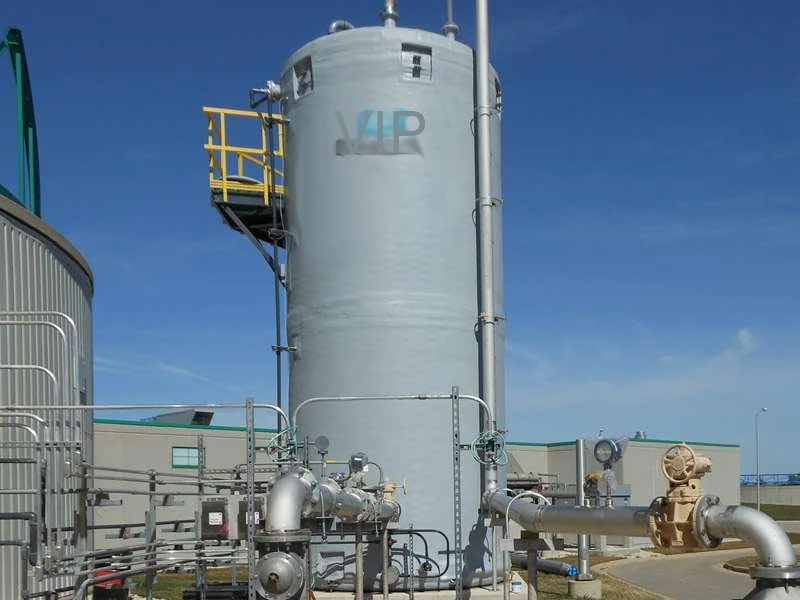
-
 Afrikaans
Afrikaans -
 Albanian
Albanian -
 Amharic
Amharic -
 Arabic
Arabic -
 Armenian
Armenian -
 Azerbaijani
Azerbaijani -
 Basque
Basque -
 Belarusian
Belarusian -
 Bengali
Bengali -
 Bosnian
Bosnian -
 Bulgarian
Bulgarian -
 Catalan
Catalan -
 Cebuano
Cebuano -
 China
China -
 China (Taiwan)
China (Taiwan) -
 Corsican
Corsican -
 Croatian
Croatian -
 Czech
Czech -
 Danish
Danish -
 Dutch
Dutch -
 English
English -
 Esperanto
Esperanto -
 Estonian
Estonian -
 Finnish
Finnish -
 French
French -
 Frisian
Frisian -
 Galician
Galician -
 Georgian
Georgian -
 German
German -
 Greek
Greek -
 Gujarati
Gujarati -
 Haitian Creole
Haitian Creole -
 hausa
hausa -
 hawaiian
hawaiian -
 Hebrew
Hebrew -
 Hindi
Hindi -
 Miao
Miao -
 Hungarian
Hungarian -
 Icelandic
Icelandic -
 igbo
igbo -
 Indonesian
Indonesian -
 irish
irish -
 Italian
Italian -
 Japanese
Japanese -
 Javanese
Javanese -
 Kannada
Kannada -
 kazakh
kazakh -
 Khmer
Khmer -
 Rwandese
Rwandese -
 Korean
Korean -
 Kurdish
Kurdish -
 Kyrgyz
Kyrgyz -
 Lao
Lao -
 Latin
Latin -
 Latvian
Latvian -
 Lithuanian
Lithuanian -
 Luxembourgish
Luxembourgish -
 Macedonian
Macedonian -
 Malgashi
Malgashi -
 Malay
Malay -
 Malayalam
Malayalam -
 Maltese
Maltese -
 Maori
Maori -
 Marathi
Marathi -
 Mongolian
Mongolian -
 Myanmar
Myanmar -
 Nepali
Nepali -
 Norwegian
Norwegian -
 Norwegian
Norwegian -
 Occitan
Occitan -
 Pashto
Pashto -
 Persian
Persian -
 Polish
Polish -
 Portuguese
Portuguese -
 Punjabi
Punjabi -
 Romanian
Romanian -
 Russian
Russian -
 Samoan
Samoan -
 Scottish Gaelic
Scottish Gaelic -
 Serbian
Serbian -
 Sesotho
Sesotho -
 Shona
Shona -
 Sindhi
Sindhi -
 Sinhala
Sinhala -
 Slovak
Slovak -
 Slovenian
Slovenian -
 Somali
Somali -
 Spanish
Spanish -
 Sundanese
Sundanese -
 Swahili
Swahili -
 Swedish
Swedish -
 Tagalog
Tagalog -
 Tajik
Tajik -
 Tamil
Tamil -
 Tatar
Tatar -
 Telugu
Telugu -
 Thai
Thai -
 Turkish
Turkish -
 Turkmen
Turkmen -
 Ukrainian
Ukrainian -
 Urdu
Urdu -
 Uighur
Uighur -
 Uzbek
Uzbek -
 Vietnamese
Vietnamese -
 Welsh
Welsh -
 Bantu
Bantu -
 Yiddish
Yiddish -
 Yoruba
Yoruba -
 Zulu
Zulu
frp composite panels
Exploring the Advantages of FRP Composite Panels
Fiber-reinforced polymer (FRP) composite panels have emerged as a game-changing material in various industries due to their exceptional properties and performance. These panels are composed of a polymer matrix reinforced with fibers such as glass, carbon, or aramid, which enhance their mechanical characteristics. This article explores the various benefits of FRP composite panels, their applications, and why they are becoming increasingly popular in construction, automotive, and marine sectors.
One of the standout features of FRP composite panels is their impressive strength-to-weight ratio. Unlike traditional materials like steel and aluminum, FRP panels offer similar or even superior strength with significantly less weight. This property not only facilitates easier transportation and installation but also reduces the overall load on structures, making them ideal for applications in building facades, roofs, and bridges.
Exploring the Advantages of FRP Composite Panels
The manufacturing process of FRP composite panels is also advantageous. These panels can be easily molded into complex shapes, allowing for greater design flexibility. Architects and engineers appreciate the versatility of FRP, which can be tailored to meet specific aesthetic and functional requirements. This flexibility is increasingly crucial in modern architecture, where unique and innovative designs are in high demand.
frp composite panels

Another significant advantage of FRP composite panels is their thermal insulation properties. Many FRP products possess low thermal conductivity, which means they can contribute to energy efficiency in buildings by reducing heating and cooling demands. This characteristic aligns with the global shift toward sustainable construction practices, making FRP a favorable choice for environmentally conscious projects.
In the automotive industry, the lightweight nature of FRP composite panels also translates into improved fuel efficiency and performance. Automakers are increasingly incorporating these materials into vehicle designs to enhance speed and handling while reducing emissions. The shift towards electric vehicles and stringent emission regulations further propels the demand for lightweight materials like FRP, making it a timely topic in current manufacturing discussions.
Moreover, FRP composite panels are easy to customize, allowing for various finishes and colors that can blend seamlessly with other materials. This adaptability makes them a popular choice for interior applications, such as wall panels, ceilings, and furniture, offering both aesthetic appeal and functional benefits.
In summary, FRP composite panels are revolutionizing multiple industries with their unique properties. Their lightweight, durable, and environmentally resistant characteristics make them an attractive alternative to traditional materials. As the demand for innovative solutions in construction, automotive, and marine applications continues to grow, FRP composite panels are poised to play a significant role in shaping the future of material science. Whether it’s enhancing energy efficiency, extending the lifespan of structures, or contributing to novel designs, the advantages of FRP panels are undoubtedly driving their popularity and utilization across diverse fields.
Latest news
-
Exploring the Benefits of Top Hammer Drifter Rods for Enhanced Drilling PerformanceNewsJun.10,2025
-
High-Precision Fiberglass Winding Machine for GRP/FRP Pipe Production – Reliable & Efficient SolutionsNewsJun.10,2025
-
FRP Pipes & Fittings for Shipbuilding - Corrosion-Resistant & LightweightNewsJun.09,2025
-
Premium FRP Flooring Solutions Durable & Slip-ResistantNewsJun.09,2025
-
Premium Fiberglass Rectangular Tanks Durable & Lightweight SolutionNewsJun.09,2025
-
Tapered Drill String Design Guide Durable Performance & UsesNewsJun.09,2025









